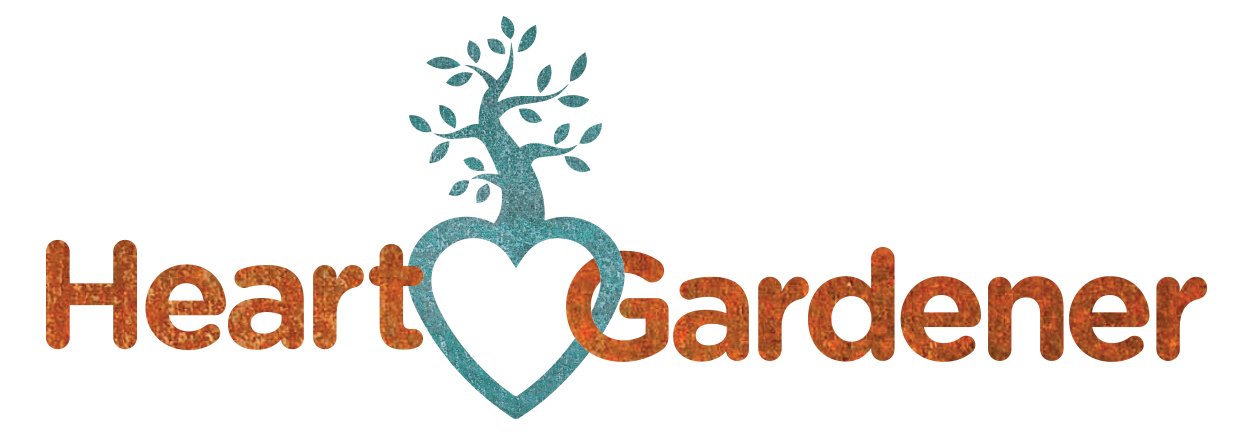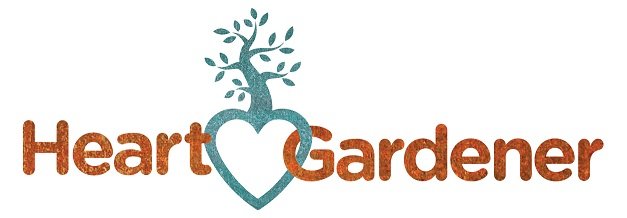How can Body Mapping Develop Professional Practice?
Body Mapping is a safe, respectful, and gently paced process which encourages and engages with your body sensations, movement, feelings, and creativity. Creative space in Body Mapping provides opportunity for a deeper “felt sense of connectivity to yourself and others” (Kossak, p.15, 2009). It is explorative, experiential, playful, and sometimes risk-taking. Creative process elicits awareness of the present moment in yourself.
Why do Somatic Approaches Matter?
When you stay with somatic experiences, it can creatively and mindfully support you to explore, understand and respond flexibly in the here and now instead of rehearsing the embodiment of our pasts. (Ogden, 2015, van der Kolk, 2014). Embodied experience can move you between the subconscious and the collective unconscious (Ackerman,1999). In Body Mapping, we incorporate body, movement and creativity into creation of a body map as we collectively and somatically experience the process. Among psychiatrists, psychologists, counsellors, psychotherapists and other allied health professionals, body-mind connection or a body-based approach has been increasingly recognised and practiced over verbal, linguistic, explicit processes (Kurtz, 1990: Ogden, 2015, Minton and Pain, 2006: van der Kolk, 2006).
How can body mapping develop professional practice?
Sensorimotor psychotherapist, Pat Ogden (2015: p25) states,
“The multifaceted language of the body depicts a lifetime of joys, sorrows, and challenges, revealed in patterns of tension, movement, gesture, posture, breath, rhythm, prosody, facial expression, sensation, physiological arousal, gait and other action sequences”
Her statement resonates with the philosophy of Body Mapping that we offer. As practitioners, it may feel vulnerable to explore our own self in our body with our being more comfortable to challenge but hold our clients in their vulnerability. Body Mapping can increase capacity in practitioners to make new meaning and respond flexibly to the here and now, instead of rehearsing a version of the past (Ogden,2015, van der Kolk, 2014).
Body Mapping is a rich combination of approaches.
Finding sensations bodily or creatively exploring with colours, images, textures, and memories can feel like dipping your toes into the unknown. Adler (2007, p.25), an American dance movement therapist and Authentic Movement pioneer states that being in the unknown is to develop an inner witness or an “internalised other” (Adler, 2007, p.27). He suggests that the process of creating a body map for ourselves facilitates discovery of the gift of ourselves and the gift of our own authenticity.
We are trauma informed practitioners (Kezelman & Stavropoulos. 2019). Relational company is offered in the form of witness but is always your choice. Offered witness may empower and strengthen you, as you are echoed in another’s memories, images or maybe in their body. Your Body Map is your unique visual journal of paying attention in a rare flexible experience that could hone your therapeutic map to better accompany others.
References
Ackerman, D. (1999). Deep Play. New York. Vintage Books.
Adler, J. (2007). “From Autism to the Discipline of Authentic Movement” in Pallaro. P. (edited).
“Authentic Movement. Moving the Body, Moving the Self, Being Moved”. A collection of Essays. Volume Two. Jessica Kingsley Publishers. London and Philadelphia.
Kezelman. C. & Stavropoulos. P. (2019). Practice Guidelines for Clinical Treatment of Complex Trauma. Blue Knot Foundation; Australia.
Kossak, M.S. (2009). Therapeutic Attunement: A transpersonal view of expressive arts therapy. The Arts in Psychotherapy 36. Pp.13-18.
Kurtz. R. (1990) Body Centred Psychotherapy: The Hakomi Method. Liferhythm.
Ogden. P. & Fisher. J. (2015). Sensorimotor Psychotherapy; Interventions for Trauma and Attachment. W.W. Norton: New York.
Van der Kolk. B. (2014). The Body Keeps the Score: Mind, Brain and Body in the Transformation of Trauma. UK: Penguin, Random House.

